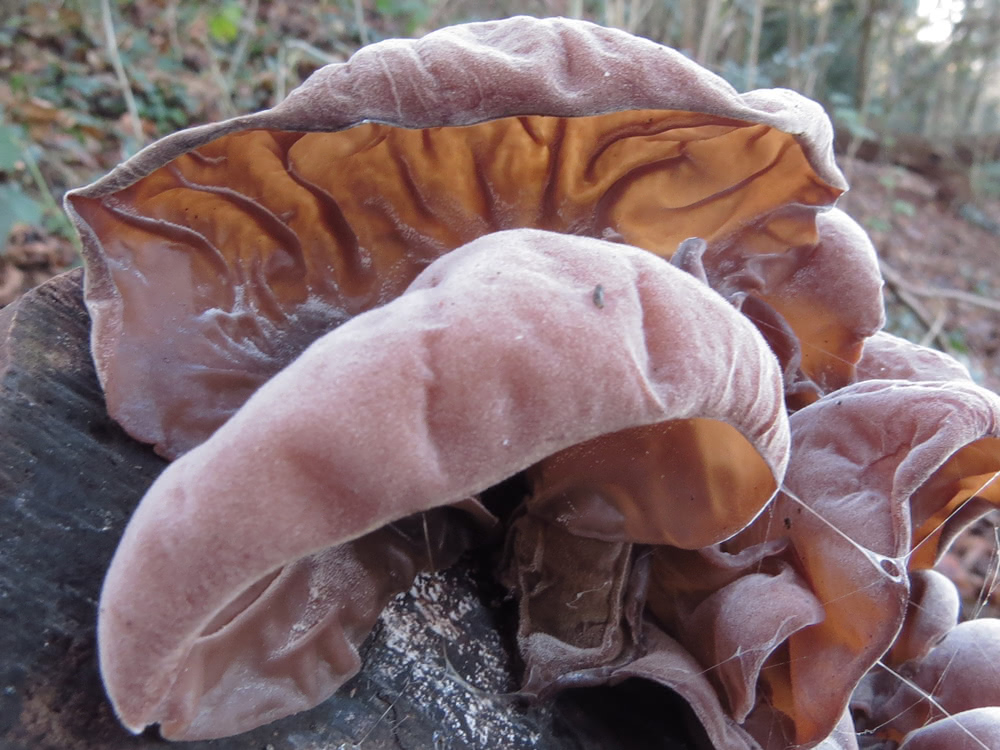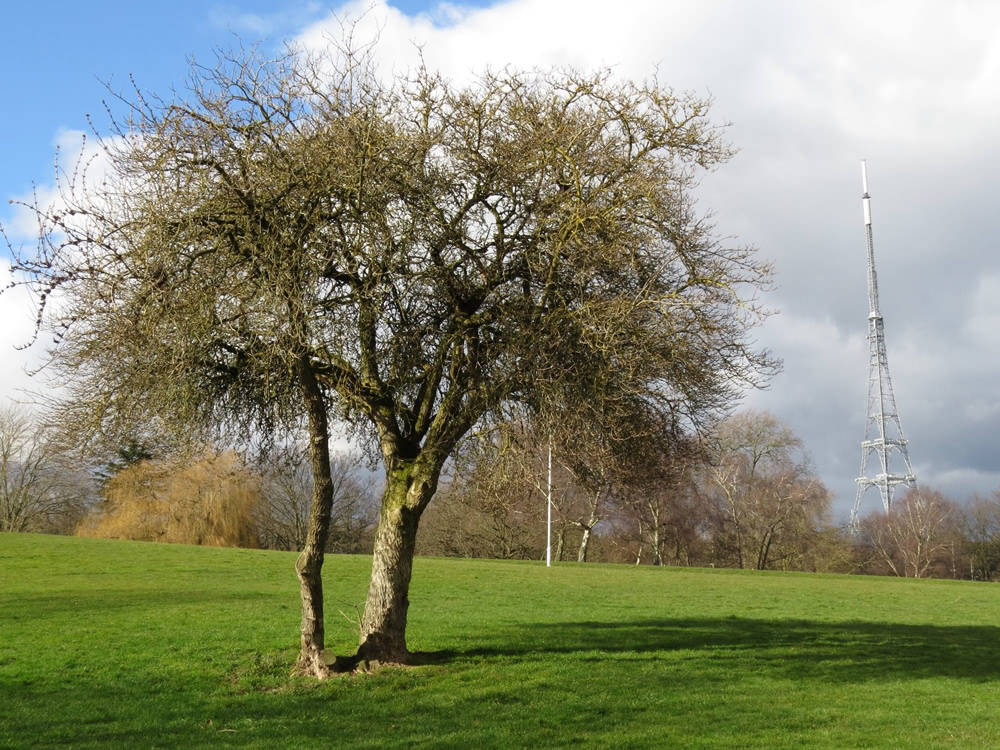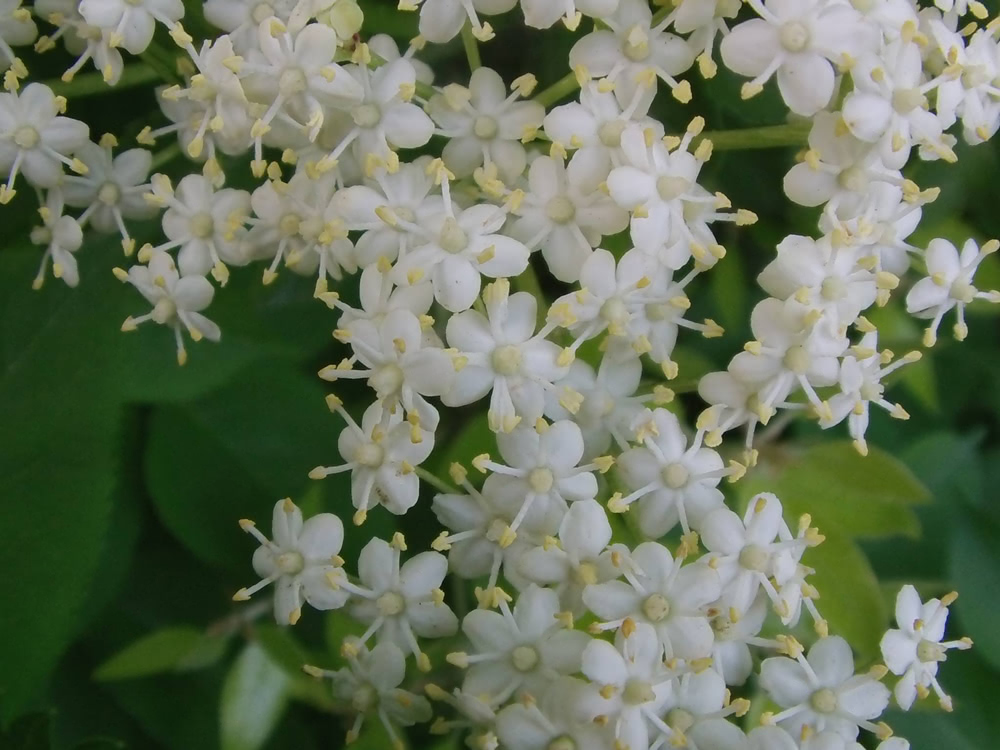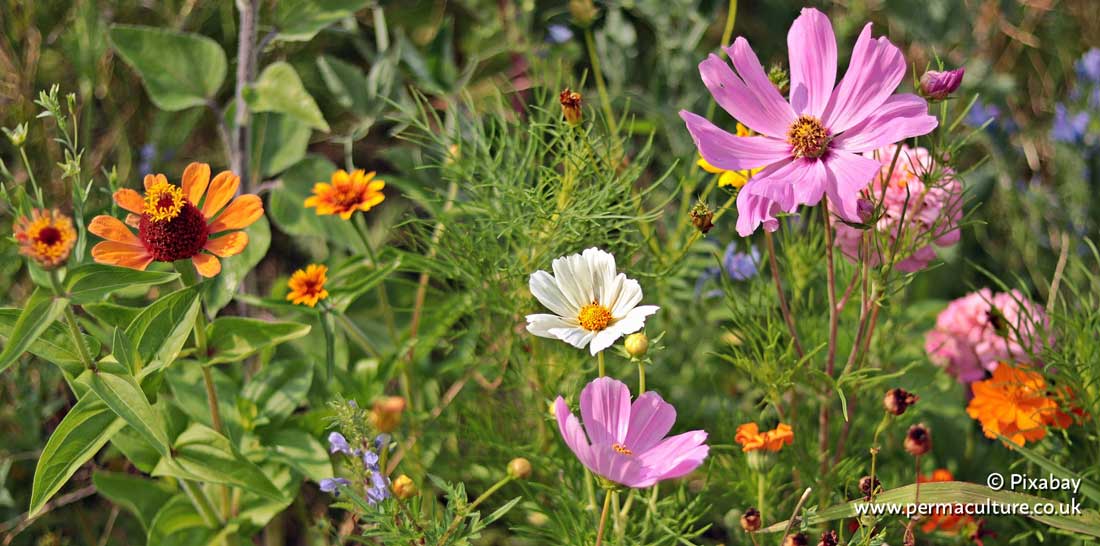There are many medicinal uses for elder – Sambucus nigra (Caprifoliaceae family). It is an evocative tree, steeped in history, tradition, and folklore. This is one of our great food and medicinal plants, easily found in most areas of the British Isles where people have settled.
It’s botanical name, Sambucus nigra, stems from the Greek word sambuke; a ‘musical pipe’, due to its hollow form supplying our ancestors a perfect wood for making pipes. The Latin ‘nigra’, means black, in allusion to the dark colour of ripe elder berry fruit.
Elder is a deciduous woodland and hedgerow plant, native to Northern Europe and North America, and can be seen happily growing on most types of soil up to altitudes of approximately 470m.
Superstition says to not cut elder down or burn them. This may be purely because of the toxic fumes which rise from burning elder wood, or it may be that the faeries will be really upset because you are destroying such a useful plant!
Other legends have grown around this plant, such as that of Judas Iscariot, the disciple who allegedly betrayed Jesus to the Romans, then said to have hanged himself from its branches. This story gave rise to the name of the edible fungus found all year round on the elder – the Jelly Ear.

Elder can sometimes be found growing as a shrubby form, and sometimes like a tree on a single trunk, similar to other woodland-edge plants like hazel, hawthorn and blackthorn. A mature elder typically displays a domed crown, and will be spotted from a distance once you know it.
Elders can reach 8m or more, although more commonly 5-6m or so, because of other limiting environmental factors. Ideally the plant likes a rich and damp soil in a sunny position. Elder does not like exposed sites or windy hillsides.
The branches display numerous lenticels (air holes) and produce their stems with opposite pairs of buds. The buds are naked, without bud scales. The light brown, corky bark pattern on elder can appear quite similar to the invasive exotic, the ‘butterfly bush’ – Buddleja davidii.
The similarity between Sambucus and Buddleja ends there. Elder’s leaves are completely different in form. They are compound, comprising of seven oval, serrated leaflets, each being about 7-10cm long. The leaflets typically come in two or three opposite pairs with one terminal leaflet. They are a much lighter green colour than the Himalayan native ‘butterfly bush’ which has a simple, lanceolate / elliptical leaf.
You will find this year’s flowers and fruits on last year’s growth. The umbel-like elderflowers, (technically corymbs), are borne on terminal stems. Five creamy-white petals surround the yellow anthers. When ripe, and picked on a sunny day, are bursting with pollen and scent, and should be a bright lemon-yellow. They turn brown when past their best. Only pick ripe flowers!
The flowers have a small amount of natural yeast on them which assists fermentation when making drinks. This will be testified by anyone who makes the superb thirst quenching elderflower champagne! The rank smell of elder leaves or the gone-over flowers is known to repel many who come across it, often being described as a cat urine smell!
After a short but sweet period in full bloom, the flowers give rise to upstanding clusters of small berries, which are typically no bigger than 10mm in diameter. Initially green, the berries gradually begin to nod earthwards as they ripen. At the end of the summer they are dark purple – with many medicinal uses.

Parts used
Flowers, berries, leaves, bark, fungi.
Harvest time
The flowers are picked when in full bloom. The berries are picked when ripe in the autumn.
Key active medicinal constituents
Tannins, potassium, mucilage, phenols, triterpenes, sterols, lectins, flavonoids (including rutin). The dark coloured berries are rich in anthocyanins, folic acid and vitamins A and C. They also contain flavonoids, and cyanidin glucosides, which are poisonous in large doses.
Medicinal actions
Diaphoretic, febrifuge, anti-catarrhal, anti viral, immuno-supportive.
Uses
– Elderflowers and berries are expectorant and diaphoretic, thus they help to manage and reduce fevers and to rid the body of toxins.
– Elderflowers are also anti-viral and are useful in combating herpes simplex type 1 virus (responsible for cold sores).
– The flowers can be made into champagne, cordials, wine, sorbet, jam and fritters.

– Elderberry extract has been proven to inhibit various strains of flu, especially if taken early enough. Many people can testify that elder can significantly reduce recovery times from influenza.
– Some books have stated the ripe berries are poisonous, but this is slightly misleading. They will cause gastric upset if you eat a large quantity raw, (as will too many apples while scrumping) but in small amounts they should present no problem. Cooked into jams, syrups etc., larger quantities of elderberries are absolutely fine.
– Pioneering contemporary forager-chefs have rediscovered that even the green berries can be used, as ‘capers’, if prepared correctly. This involves fermenting the berries in a salt brine solution for a few days, similar to preparing green walnuts for pickling, and then covering in a flavoured vinegar.
– Even when the tree is dormant in the winter, it is still possible to harvest food! The ‘Jelly ear’ fungus (Auricularia auricula-judae) is often found on elder, dead or alive. Known as a delicacy in China, it is best cooked sliced into thin strips, in a spicy, oriental-style soup.
For medicinal trees and shrubs, see Anne Stobart’s book: Trees and Shrubs that Heal
Chris Hope, aka Chris Phyto, was a knowledgeable and enthusiastic plant lover, forager and teacher, who sadly died in 2021.










